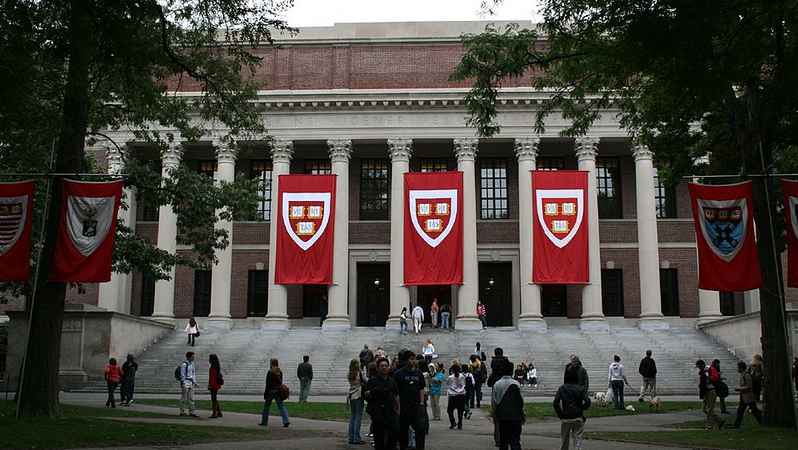Photo: Wikimedia Commons
In the following piece, the Equal Justice Initiative (EJI) makes the point that the lynchings of Black people happened not just in the American south but across America as well–as is seen in the above June 15, 1920 lynchings of Elias Clayton, Issac McGhie and Elmer Jackson in Duluth, Minnesota.
On August 7, 1930, a white mob lynched Thomas Shipp and Abram Smith in Marion, Indiana. White spectators posed for photographs with the Black men’s corpses, but no one was held accountable for the murders.
Racial terror lynching was not exclusively a Southern phenomenon.
EJI identified more than 300 victims killed outside the former Confederacy between 1877 and 1950. More than one in 15 documented racial terror lynching victims were killed outside the South.
After Reconstruction, 90% of African-Americans remained in the South, where white supremacists used lynching to terrorize and intimidate Black people.
Millions fled this terror in the late 19th and early 20th centuries by migrating North and West, but it followed them.
Thomas Shipp and Abram Smith are two of 18 documented victims in Indiana. Even more people were lynched in Kansas (19); Maryland (29); West Virginia (37); Illinois (56); Missouri (60); and Oklahoma (76).
Hundreds of white people lynched George Smith in Omaha, Nebraska, in 1891. In 1911, a mob hanged Laura Nelson and her teenaged son from a bridge in Okemah, Oklahoma. In 1920, Elias Clayton, Isaac McGhie, and Elmer Jackson were brutally hanged in Duluth, Minnesota.
“So potent is the force of example that the lynching mania has spread,” antilynching crusader Ida B. Wells-Barnett told a Chicago audience in 1900. “It is now no uncommon thing to read of lynchings north of Mason and Dixon’s line, and those most responsible for this fashion gleefully point to these instances and assert that the North is no better than the South.”






